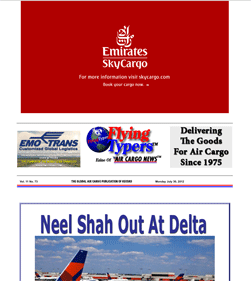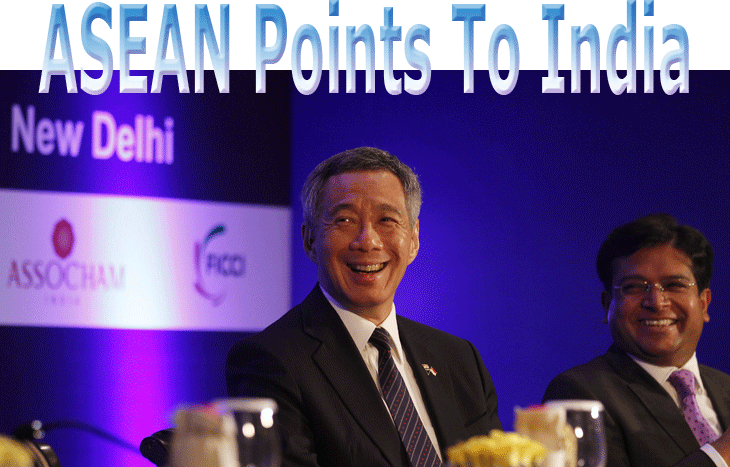 Prime
Minister Lee Hsien Loong of Singapore
(L) with Dilip Modi, Managing Director
Mobility Limited, at a joint business
meeting organized by industry chambers
ASSOCHAM, the Confederation of Indian
Industry, and the Federation of Indian
Chambers of Commerce and Industry
on July 11, 2012, in New Delhi, India. Prime
Minister Lee Hsien Loong of Singapore
(L) with Dilip Modi, Managing Director
Mobility Limited, at a joint business
meeting organized by industry chambers
ASSOCHAM, the Confederation of Indian
Industry, and the Federation of Indian
Chambers of Commerce and Industry
on July 11, 2012, in New Delhi, India.
When
Lee Hsien Loong, Singapore's Prime
Minister, came to Delhi in June, one
of the top points on his agenda was
to push forward a proposal to open
up air services between India and
Singapore. Loong is not the only one
who would like to see an enhancement
of air services between the two nations.
He has been joined by a host of leaders
from the 10-member ASEAN (Association
of South East Asian Nations), which
includes Malaysia, Thailand, Indonesia,
the Philippines, Brunei Darussalam,
Cambodia, Indonesia, Lao DPR, Myanmar,
and Vietnam. An ASEAN meeting is scheduled
to take place in August that will
discuss when India will open up the
skies for ASEAN carriers.
Just
a few months ago, the Singapore Minister
of State for Foreign Affairs, Masagos
Zulkifli, who was in Delhi for the
inaugural session of the Delhi Dialogue
(part of the ASEAN meetings), had
also spoken about the Air Transport
Agreement talks and went on to mention
that “connectivity will bring
together India’s 1.2 billion
people with ASEAN’s 600 million
people. A more connected region will
contribute to the economic growth
and stability of India and ASEAN;
it will also enhance the flow of people,
ideas, culture, and a sense of affinity
that has connected us for thousands
of years.”
In fact,
Zulkifli had expressed the hope that
the Air Transport Agreement would
be settled “in time for the
ceremonial ASEAN-India summit in December.”
If these agreements were done, “then
we open up our services industry and
boost investments and pave the way
for integration in many other areas,”
he said.
The
minister pointed out the need to liberalize
the air services agreement between
India and Singapore; there were 190
weekly flights between the two countries.
He gave the example of the agreement
between Singapore and China: today,
even though there are 260 weekly flights
between Singapore and China, there
was an agreement for an open sky policy
allowing unlimited flights from one
country to another.
“If
we can liberalize aviation, it will
promote exchange of businessmen, ideas
and knowledge. It will also provide
a pre-condition for growth and prosperity,”
Zulkifli said.
India
is, in fact, seriously considering
granting permission to carriers from
the ASEAN nations to start and operate
an unlimited number of flights between
their capitals and Delhi to start
with, and later permit the airlines
to touch other metros in India. The
move is part of the 2003 India-ASEAN
open skies agreement. According to
that agreement, the ASEAN carriers
could fly to 18-odd tourist destinations
in the country. Now, it appears that
India is keen to open up the sector
further, like China has done.
It is
understood that the Indian carriers
are not in favor of open skies with
ASEAN. Their reason: International
airlines—especially those from
Singapore, Bangkok, or Kuala Lumpur—would
take away a bulk of Indian passengers
destined for third countries. While
that explanation is open to debate,
what is important is the fact that
air cargo will definitely get a boost.
According to ASEAN Deputy Secretary,
General S. Pushpanathan, discussions
at the technical level took place
and an agreement was on the cards
at the 2012 summit. The agreement
will ensure the start of point-to-point
routes for air services between India
and ASEAN nations. It will enable
cargo airlines to look for opportunities
in transport of pharmaceutical and
hi-tech industries.
Before
that, however, India has to improve
aviation infrastructure, especially
in the northeast of the country, which
is closer to the ASEAN nations. According
to Panchali Saikia from the Delhi-based
Institute of Peace and Conflict Studies
(a premier South Asian think tank
which conducts independent research
on and provides an in-depth analysis
of conventional and non-conventional
issues related to national and South
Asian security and peace processes
in the region), there was a need to
improve the quantity and quality of
flights, introduction of charter flights,
cargo carriers, and ground infrastructure
such as cold storages, etc.
The
scholar points out that only one carrier
operated flights between Guwahati
in Assam to Bangkok and Paro in Bhutan,
which is not sufficient for the heavy
transfer of goods. There is potential
to enhance trade: Business between
India and ASEAN nations rose 30 percent
in 2010-11 to $57.89 billion and is
charted to reach $70 billion in this
financial year.
Tirthankar
Ghosh |




 Prime
Minister Lee Hsien Loong of Singapore
(L) with Dilip Modi, Managing Director
Mobility Limited, at a joint business
meeting organized by industry chambers
ASSOCHAM, the Confederation of Indian
Industry, and the Federation of Indian
Chambers of Commerce and Industry
on July 11, 2012, in New Delhi, India.
Prime
Minister Lee Hsien Loong of Singapore
(L) with Dilip Modi, Managing Director
Mobility Limited, at a joint business
meeting organized by industry chambers
ASSOCHAM, the Confederation of Indian
Industry, and the Federation of Indian
Chambers of Commerce and Industry
on July 11, 2012, in New Delhi, India.

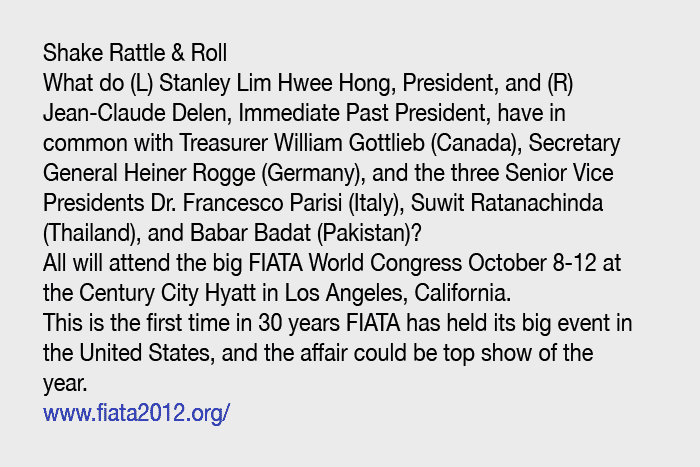
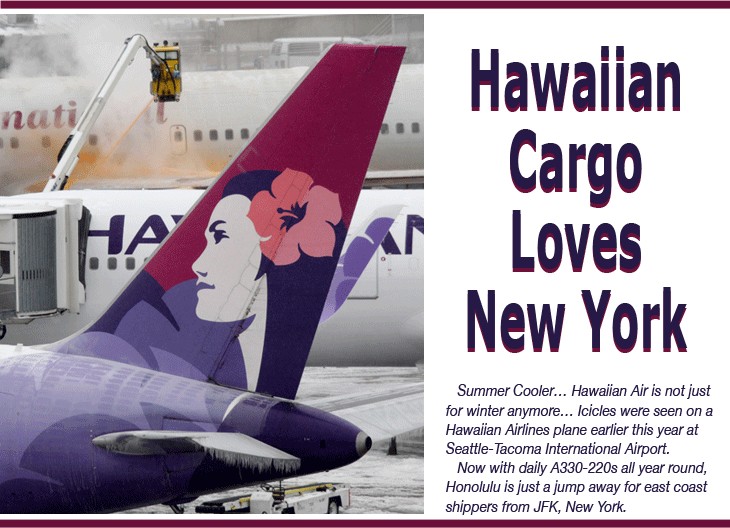
 Hawaiian
Airlines is making moves to launch
a subsidiary regional airline in paradise;
according to one report, it has already
signed up to buy as many as a half
dozen turboprops while working to
line up its pilots and flight attendants
before launch.
Hawaiian
Airlines is making moves to launch
a subsidiary regional airline in paradise;
according to one report, it has already
signed up to buy as many as a half
dozen turboprops while working to
line up its pilots and flight attendants
before launch. 
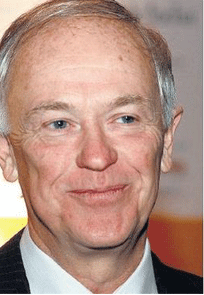
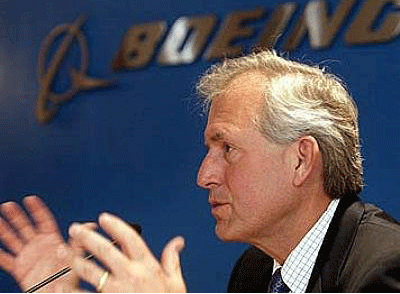
 RE:
RE:

